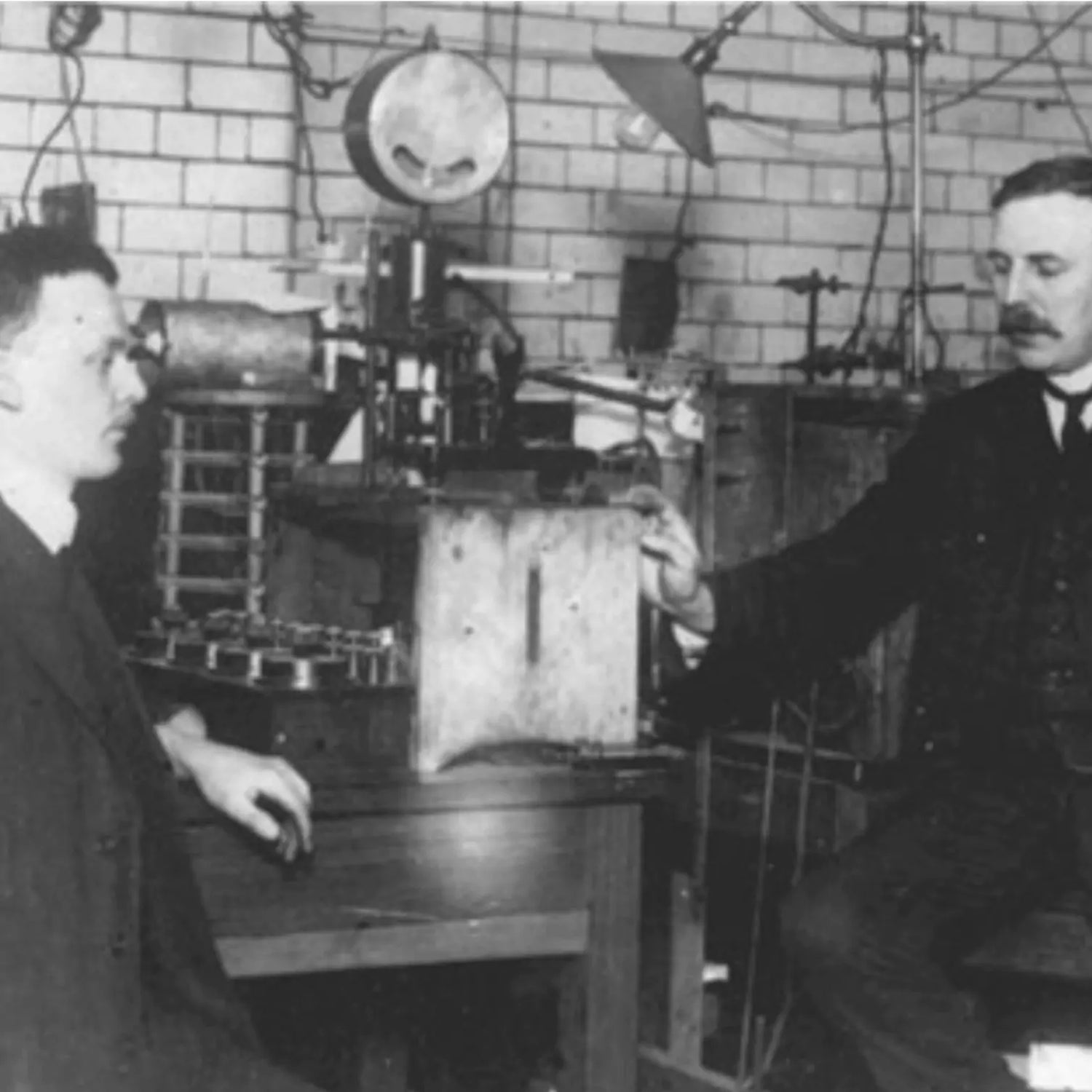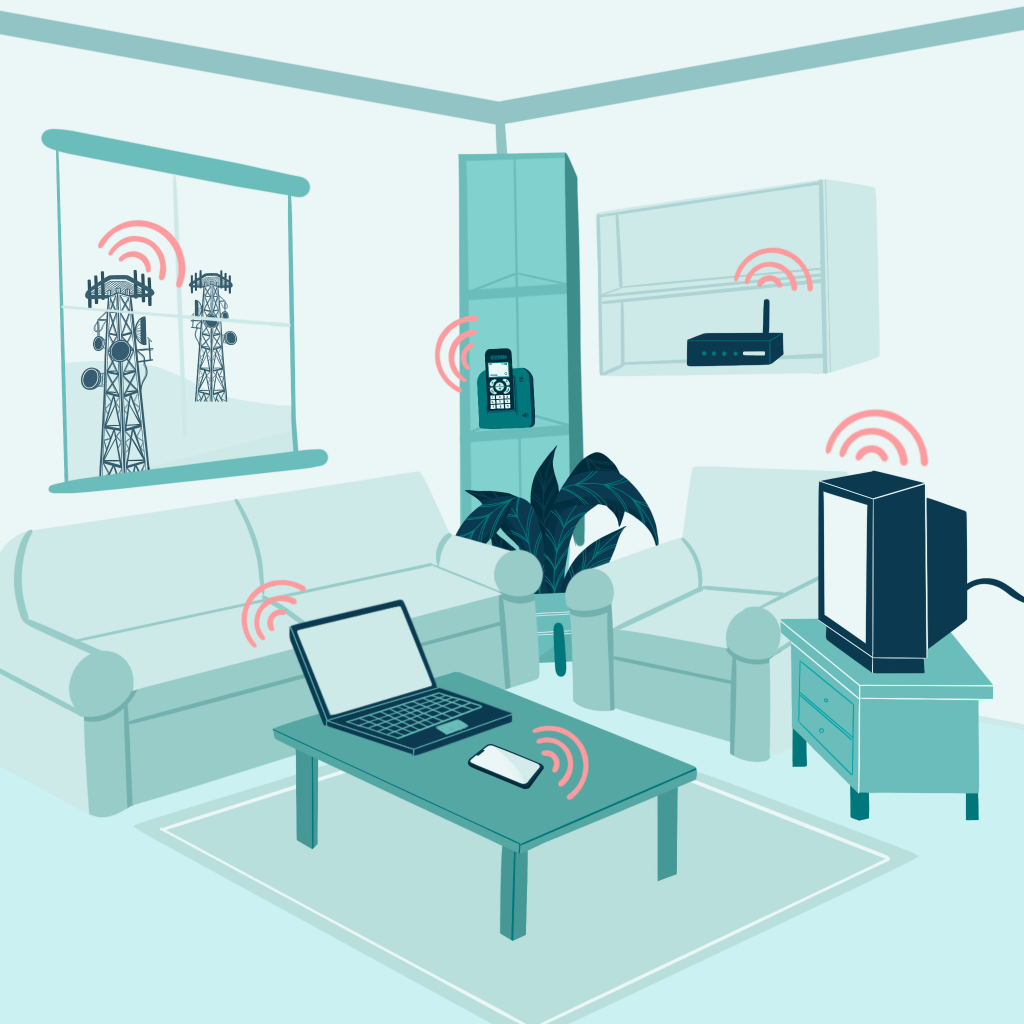Dosimeters are important in emitting safety, and protecting individuals exposed to ionizing radiation. Dosimeter development is an interesting story of ingenuity and advancement from when they were first thought about to their modern, sophisticated designs. Starting with primitive concepts and moving up to precise tools we depend on, this blog post will explore the origin of dosimeters. It highlights key moments in the history of radiation, the reasons behind its creation, and how it has affected different areas such as industry, medicine, and the environment.
What is a radiation meter?
A dosimeter, also called a radiation meter, is an instrument that was constructed to gauge exposures to ionizing emitting. These devices are indispensable for the assurance of security in places where they are emitting, like nuclear medical facilities and research laboratories. Different types of devices, such as wearable personal monitors, handheld meters, and stationary monitors, are designed for different monitoring situations. Dosimeters detect and measure emitting levels to safeguard one from harmful exposure by facilitating timely interventions and enforcing safety protocols.

Hazardous Effects of Radiation Exposure
The health problems caused by exposure to ionizing radiation depend on how long and how intense the person was exposed to it. Instantly, tissues and organs can be affected badly through direct or indirect radiation burns, acute emitting syndrome, and cancerous metastasis due to high dosages of emitting. Alternatively, a low dosage of chronic exposure over time may not look as dangerous, but it still adds up, hence sometimes leading to genetic damage, cataracts, and vascular diseases in the end. It is crucial to protect against harm and remediate it, since devices are indispensable instruments in areas where the risk of ionizing emitting is high.
First Radiation Meter
Henri Becquerel was a physicist from a family of scientists, born on December 15, 1852, in Paris, France. He had originally been an engineer, but he later switched to physics and became a professor at the Museum of Natural History in Paris. His research led to the discovery of radioactivity, which revolutionized atomic science.

Becquerel's Contribution to History
It was in 1896 when Becquerel, who had been working on phosphorescent materials, discovered what could be referred to as natural radioactivity. This happened after he had used paper wrapped in black, potassium uranyl sulfate, and photographic plates. He then discovered that uranium salts emit an emission that can pass through the paper without being exposed to sunlight. Consequently, a new kind of radiation was established or identified.
The First Person to Find a Way to Measure Radiation
Hans Geiger, born on September 30, 1882, in Neustadt an der Haardt, Germany, was a physicist who advanced emitting detection. He studied at the University of Erlangen and collaborated with Ernest Rutherford at the University of Manchester, leading to significant progress in radiation measurement.
A Great Success Story
In 1908, Hans Geiger invented the Geiger counter, a device to detect ionizing emissions. The early prototype detected alpha particles but had limitations, such as sensitivity to other radiation forms.

Geiger-Muller Counter
A student of Geiger, Walter Muller, redesigned the Geiger counter during the 1920s to make it the Geiger-Muller counter. It was made more sensitive and tougher by Müller, which allowed for better recognition of alpha, beta, and gamma radiation despite Geiger counter noise. This improved device became widely used in nuclear physics, environmental monitoring, and medical diagnostics, cementing Geiger and Müller's scientific legacy.
Since Then
From the time that early discoveries on radioactivity were made by pioneers like Henri Becquerel to when Hans Geiger developed the first radiation meters, significant progress has been made in both the study and the detection of emitting. Modern radiation detectors have seen significant improvements in several key areas:
- Accuracy. The precision of emitting measurements has dramatically increased. Advanced technologies allow for more accurate detection and quantification of different types of radiation, ensuring better safety and compliance with health standards.
- Mobility. In comparison to the past, today’s nuclear radiation detectors are highly portable. Consequently, miniaturization and materials science advancements have facilitated the development of lightweight handheld devices that can be transported easily and used in diverse environments such as medical facilities, industrial sites, and fieldwork.
- Ease of Use. Modern gamma radiation detectors bear that in mind to be user-friendly. These contain well-designed displays for real-time information and automated means to simplify monitoring and interpreting radioactivity amounts. This makes them accessible to scientists and non-specialists who require reliable methods of emitting control.
- Our Detector. One example of such progress is our detector unit, which has been a key player in the area. This rugged, portable, and easy-to-use device offers high accuracy, making it an essential instrument for various uses. Thanks to modern technology, it gives accurate readings and has an ergonomic design that makes it user-friendly—all factors that demonstrate how emitting detection devices have advanced a lot since Becquerel and Geiger were there.
How a Geiger counter works? The Geiger counter operates by sensing ionizing radiation entering the Geiger-Müller tube, which ionizes the gas in it. This process generates a brief electrical pulse that is amplified and counted electronically. These pulses' frequency correlates with the emitting intensity, allowing the Geiger counter to measure radiation levels accurately.
Conclusion
The contributions of Henri Becquerel, Hans Geiger, and Walter Müller have significantly advanced human history, enabling safer practices in healthcare, environmental monitoring, industrial applications, and security. Their pioneering work on radiation detection remains crucial across these fields.

Our personal radiation detector, Milerd HiStand, offers advanced features and high radiation protection. It reliably monitors background radiation and accumulated doses. Its waterproof and shockproof design and built-in solar panel ensure safety in any condition.



Leave a comment
This site is protected by hCaptcha and the hCaptcha Privacy Policy and Terms of Service apply.